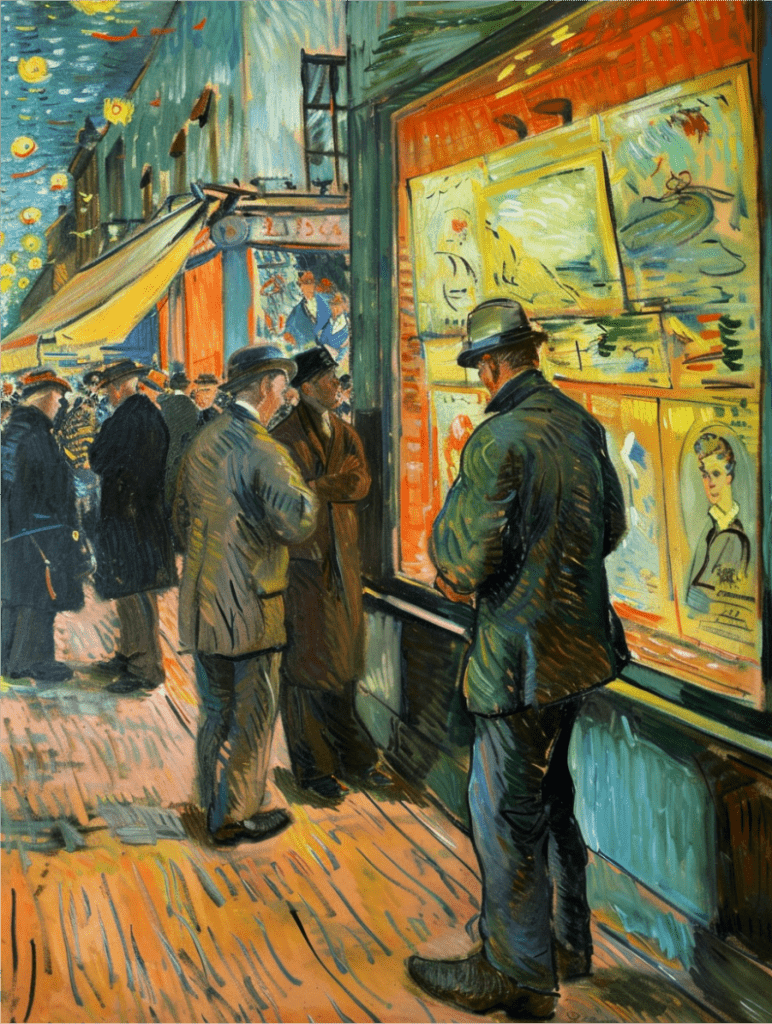On This Day, March 15, 1901, a pivotal event in art history took place that helped cement the legacy of the Dutch Post-Impressionist painter Vincent van Gogh. This was the first major exhibition solely devoted to showcasing van Gogh’s vibrant and emotionally raw paintings after his death in 1890.
The exhibit was organized by van Gogh’s sister-in-law, Johanna van Gogh-Bonger, at the Bernheim-Jeune gallery in Paris. She was determined to build her late brother-in-law’s reputation after he tragically took his own life at age 37, never finding fame or financial success during his lifetime.
Some 71 paintings and numerous drawings were displayed, including renowned masterpieces like Self-Portrait with Bandaged Ear, Sunflowers, The Bedroom, and many of his landscapes depicting scenes from Arles, Saint-Rémy and Auvers. Van Gogh’s bold brushwork, expressive color palettes, and avant-garde Post-Impressionist style were unlike anything most contemporary audiences had seen before.
While reaction was mixed initially, with critics dismissing his unconventional technique, the exhibition marked the first time the public got a comprehensive look at van Gogh’s immense body of work. It sparked intense debate and helped elevate him from an obscure, troubled artist to a vanguard of the modernist movement.
The 1901 van Gogh exhibition was a watershed moment that gradually built his reputation in later years until he became one of the most renowned, influential, and iconic painters of all time. It introduced the world to his artistic genius.
